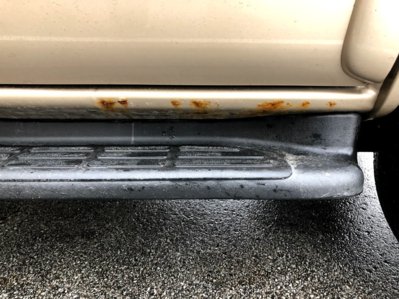Randy Whistler
Living the dream! I'm just not sure who's dream
I'm about to embark on some rust repair on car #2. The lower parts of the door sills, and a couple of other places on the sides, as well as some rusted out holes behind the front wheels require dusting off of the old body repair skills, but that's been some time ago. I hope things have improved since then. . . 
I already know I will need some sort of mesh/fabric to cover the holes, and probably to mold on some of the door sill places. Has anyone had good success with a particular product that was the simplest to work? With the exception of the door sills, most of the repairs requiring mesh/fabric are on flat surfaces, so that'll at least make the sides simple.
I could go the replacement metal parts, but just don't feel like going to that much effort/trouble for this car. Maybe I'm just getting lazy in my old age. . . . .
Any helpful suggestions greatly appreciated!!
I already know I will need some sort of mesh/fabric to cover the holes, and probably to mold on some of the door sill places. Has anyone had good success with a particular product that was the simplest to work? With the exception of the door sills, most of the repairs requiring mesh/fabric are on flat surfaces, so that'll at least make the sides simple.
I could go the replacement metal parts, but just don't feel like going to that much effort/trouble for this car. Maybe I'm just getting lazy in my old age. . . . .
Any helpful suggestions greatly appreciated!!


